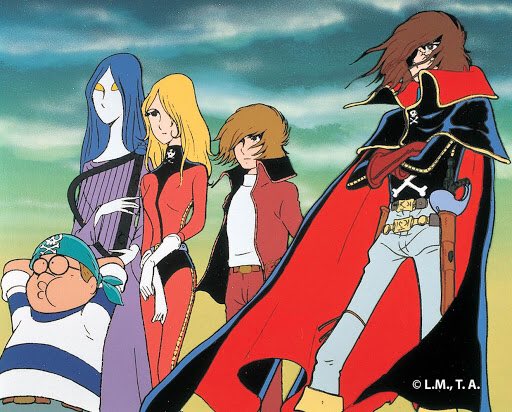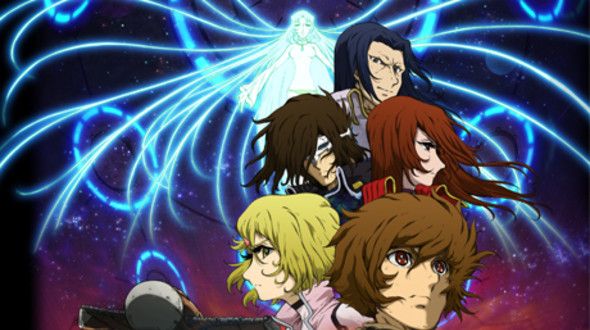
Over the weekend I started a re-watch of the original Captain Harlock series from 1978. I’m only 7 episodes in, but not only am I enjoying it, I’m also a bit surprised by just how dark and depressing it is, and yet this is what I always point to as my favorite animated series from when I was a kid (which I watched in French, under the name “Albator”). What is it that attracted me so much? Was it just that the characters and ships looked cool? How was I affected by all of the darkness and sadness that seems to feature prominently in every episode? I don’t have any answers, but it does mean that this is a series that, although there’s still plenty of cartoony silliness, I’m appreciating at this point in my life because of its mature themes.

Because of my obsessive nature, this has also caused me to do a deep dive into the works of Leiji Matsumoto, and yesterday I uncovered a 6-episode series called Ozma, that was produced in 2012 (for the WOWOW satellite channel, as part of its 20th anniversary), based on a pilot he wrote back in 1980, but that was never produced. I quite enjoyed it.
I am planning on watching a lot more of the Captain Harlock subsequent series and movies that were produced over the years, as well as other works based on Matsumoto’s manga. Another series I’ve already started watching on the side (I’m two episodes in) is called Gun Frontier. It’s a very weird 13-episode series that sees Captain Harlock as a gunslinger and Tochiro as a samurai, in a Wild West setting. Also, it’s more of an adventure-comedy kind of thing — compared to the dour space operas we usually see from Matsumoto. I’m also quite enjoying this.
![Jean Snow [.net]](https://www.jeansnow.net/wp-content/uploads/2024/04/js_logo.gif)